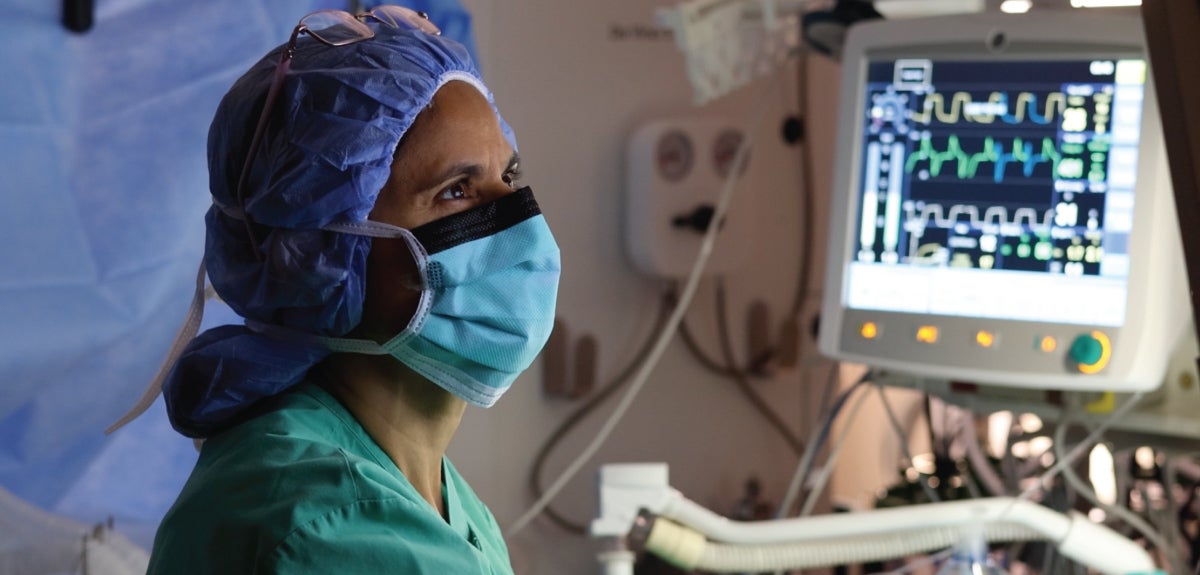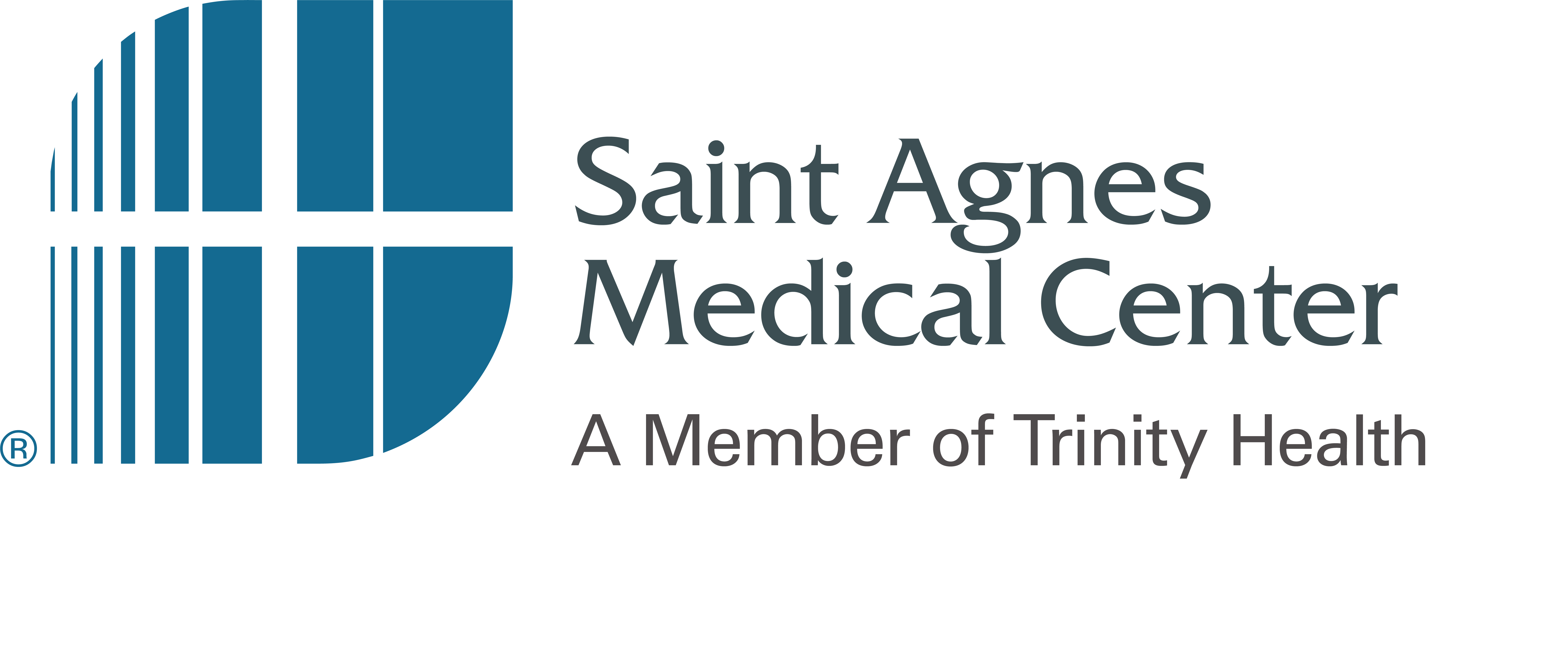Choosing between traditional and robotic surgery
November 17, 2025
When it comes to surgery, having more than one option can make a meaningful difference in your care. Each approach offers its own benefits, and your surgeon will choose the method that best fits your needs, medical history, and the type of procedure you require. Thanks to modern advancements, many surgeries that once required large incisions can now be performed through smaller openings with the help of robotic technology.

“Robotic surgery gives us the technology to help patients heal faster and recover from major abdominal and other complex procedures," says Dr. Abdul K. Harris, Saint Agnes Care General Surgeon and Medical Director of Surgical Services
Having multiple surgical techniques allows your care team to tailor treatment to you. Some procedures still require a traditional open approach, while many others can be performed through minimally invasive or robotic assisted methods.
Types of surgical approaches available at Saint Agnes
Traditional surgery
Traditional surgery is the method many people picture when they think of an operation. It usually involves a larger incision that provides surgeons with direct access to the area they need to treat. This approach is often used for complex cases or urgent situations.
Robotic assisted surgery
Robotic assisted surgery is a minimally invasive technique that uses a robotic system, such as the Da Vinci 5, to guide surgical instruments with enhanced precision. The surgeon controls the system from a console, allowing a high definition three dimensional view of the surgical area. This method is used in many specialties including general surgery, gynecology, bariatrics, and urology.
Laparoscopic surgery
Laparoscopic surgery is another minimally invasive option. Surgeons make small incisions and use a camera to view the area being treated. It is commonly used for abdominal and pelvic procedures such as gallbladder removal or hernia repair. Although less invasive than traditional surgery, it still requires general anesthesia and carries some risk.
How these methods compare
According to Dr. Harris, robotic surgery helps patients in several ways. By utilizing robotic technology, surgeons at Saint Agnes can more precisely address a variety of surgical issues affecting patients. Overall, patients benefit by having smaller incisions with less pain and a quicker recovery.
Incision size and recovery
- Traditional surgery involves larger incisions and may lead to longer recovery times
- Robotic assisted surgery uses small incisions and often supports faster healing
Precision and visualization
- Robotic systems offer highly-detailed views and improved range of motion
- Traditional surgery provides hands-on tactile feedback and direct visibility for complex cases
Scarring and pain
- Robotic procedures often result in smaller scars and less discomfort
- Traditional procedures may cause more tissue trauma and increased pain during recovery
Which approach is right for you
Your surgeon will consider several factors before recommending the best option. This includes the complexity of your condition, whether you have had prior surgeries, and your surgeon’s experience with minimally invasive or robotic techniques.
“Saint Agnes Medical Center was one of the first to bring robotic surgery to the Central Valley," said Dr. Harris, “and we continue to invest in advanced technology so patients can receive expert care close to home.”

Expert care close to home
Our surgical services team is dedicated to providing advanced treatment options along with the compassionate support you deserve.
Get more information